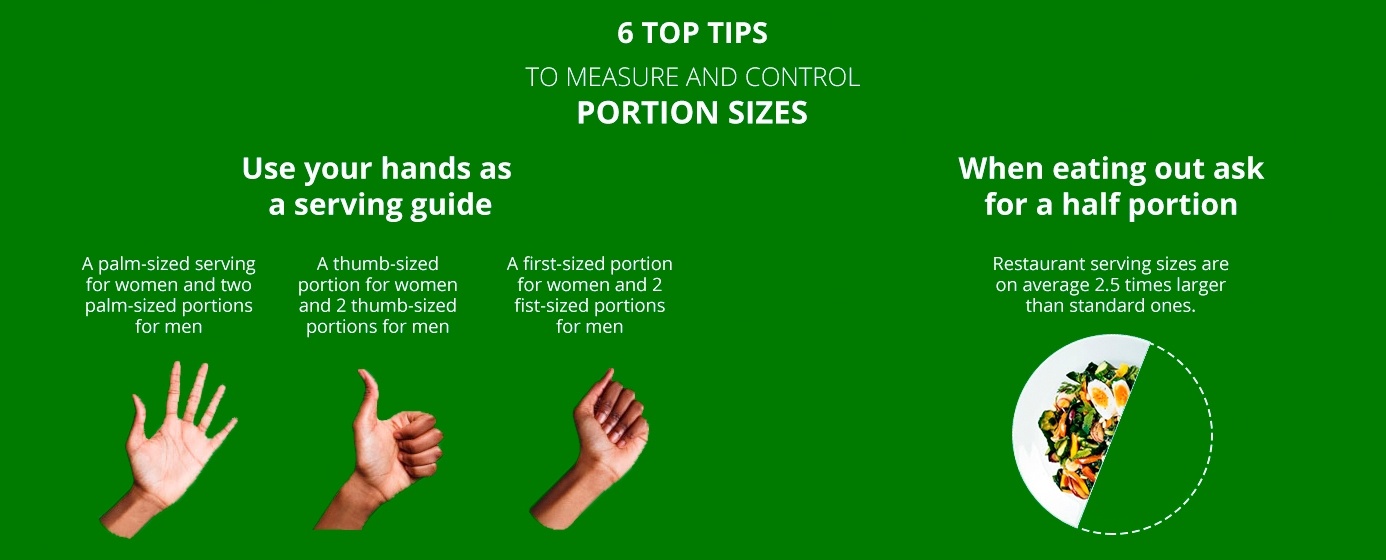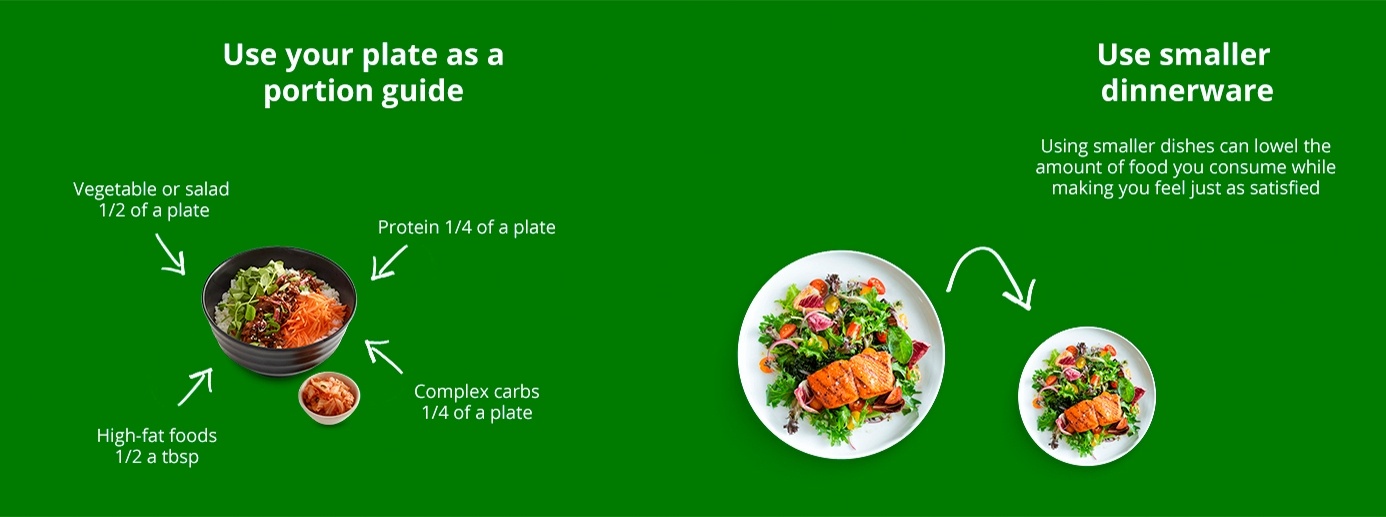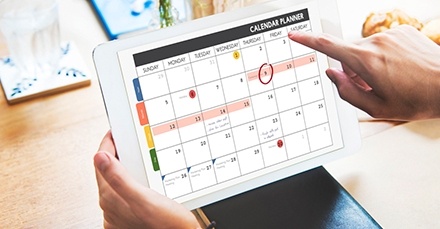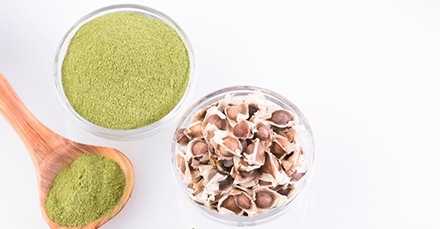Popular Articles

How to Measure Portion Sizes with your Hands
Obesity is a growing epidemic, as more people than ever are struggling to control their weight. Increased portion sizes are thought to contribute to overeating and unwanted weight gain. Research indicates that many factors can influence how much you eat. People tend to eat almost all of what they serve themselves. Therefore, controlling portion sizes can help prevent overindulging. Here are 9 tips to measure and control portion sizes — both at home and on the go.

1. Use Smaller Dinnerware
Evidence suggests that sizes of plates, spoons and glasses can unconsciously influence how much food someone eats. For example, using large plates can make food appear smaller — often leading to overeating. In one study, people using a large bowl ate 77% more pasta than those using a medium-sized bowl. In another study, nutritional experts served themselves 31% more ice cream when given larger bowls and 14.5% more when provided with larger serving spoons.
Interestingly, most people who ate more due to large dishes were completely unaware of the change in portion size. Therefore, swapping your usual plate, bowl or serving spoon for a smaller alternative can reduce the helping of food and prevent overeating. Most people feel just as full having eaten from a smaller dish as from a large one.
2. Use Your Plate as a Portion Guide
If measuring or weighing food isn’t appealing, try using your plate or bowl as a portion control guide. This can help you determine the optimal macronutrient ratio for a well-balanced meal.
A rough guide for each meal is:
- Vegetables or salad: Half a plate
- High-quality protein: Quarter of a plate — this includes meat, poultry, fish, eggs, dairy, tofu, beans and pulses
- Complex carbs: Quarter of a plate — such as whole grains and starchy vegetables
- High-fat foods: Half a tablespoon (7 grams) — including cheese, oils and butter
Remember that this is a rough guide, as people have different dietary needs. For example, those who are more physically active often require more food. As vegetables and salad are naturally low in calories but high in fiber and other nutrients, filling up on these may help you avoid overeating calorie-dense foods. If you want extra guidance, some manufacturers sell portion-control plates.
3. Use Your Hands as a Serving Guide
Another way to gauge appropriate portion size without any measuring tools is by simply using your hands. As your hands usually correspond to your body size, bigger people who require more food typically have bigger hands. A rough guide for each meal is:
- High-protein foods: A palm-sized serving for women and two palm-sized portions for men — such as meat, fish, poultry and beans
- Vegetables and salads: A fist-sized portion for women and two fist-sized portions for men
- High-carb foods: One cupped-hand portion for women and two for men — such as whole grains and starchy vegetables
- High-fat foods: One thumb-sized portion for women and two for men — such as butter, oils and nuts
4. Ask for a Half Portion When Eating Out
Restaurants are notorious for serving large portions. In fact, restaurant serving sizes are, on average, about 2.5 times larger than standard serving sizes — and up to a whopping eight times larger. If you are eating out, you can always ask for a half portion or a children’s dish. This will save you a lot of calories and help prevent overeating. Alternatively, you could share a meal with someone or order a starter and side instead of a main dish. Other tips include ordering a side salad or vegetables, asking for sauces and dressings to be served separately and avoiding buffet-style, all-you-can-eat restaurants where it’s very easy to overindulge.
5. Start All Meals With a Glass of Water
Drinking a glass of water up to 30 minutes before a meal will naturally aid portion control. Filling up on water will make you feel less hungry. Being well hydrated also helps you distinguish between hunger and thirst. One study in middle-aged and older adults observed that drinking 17 ounces (500 ml) of water before each meal resulted in a 44% greater decline in weight over 12 weeks, most likely due to reduced food intake. Similarly, when overweight and obese older adults drank 17 ounces (500 ml) of water 30 minutes before a meal, they consumed 13% fewer calories without trying to make any changes. In another study in young normal-weight men, drinking a similar amount of water immediately before a meal resulted in greater feelings of fullness and reduced food intake. Therefore, having a glass of water before each meal can help prevent overeating and aid portion control.
6.Take It Slowly
Eating quickly makes you less aware of getting full — and therefore increases your likelihood of overeating. As your brain can take around 20 minutes to register that you are full after eating, slowing down can reduce your total intake.
The Bottom Line
Unwanted weight gain may start with large portion sizes. However, there are many practical steps you can take to control portions. These simple changes have proven successful in reducing portions without compromising on taste or feelings of fullness. For example, measuring your food, using smaller dishes, drinking water prior to meals and eating slowly can all reduce your risk of overeating. At the end of the day, portion control is a quick fix that improves your quality of life and may prevent binging.







